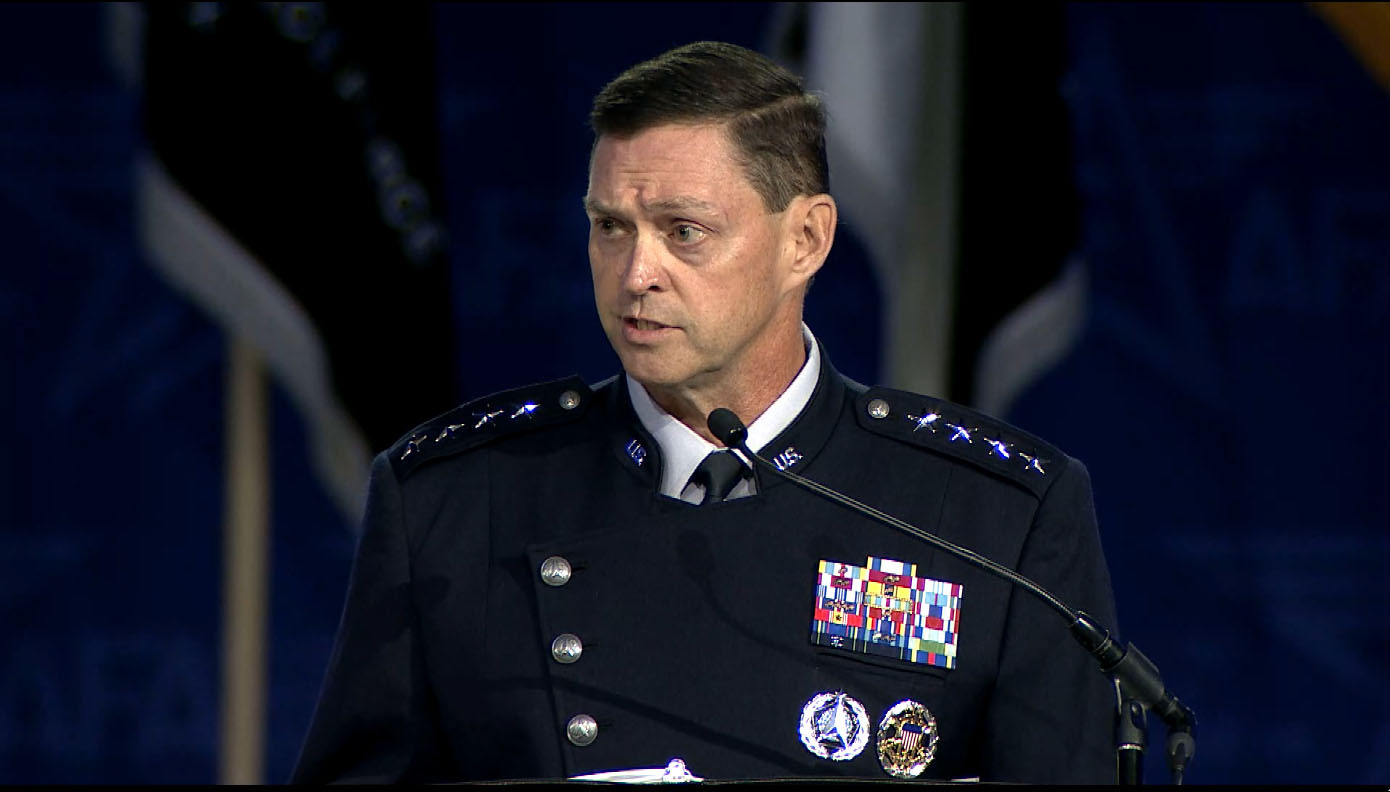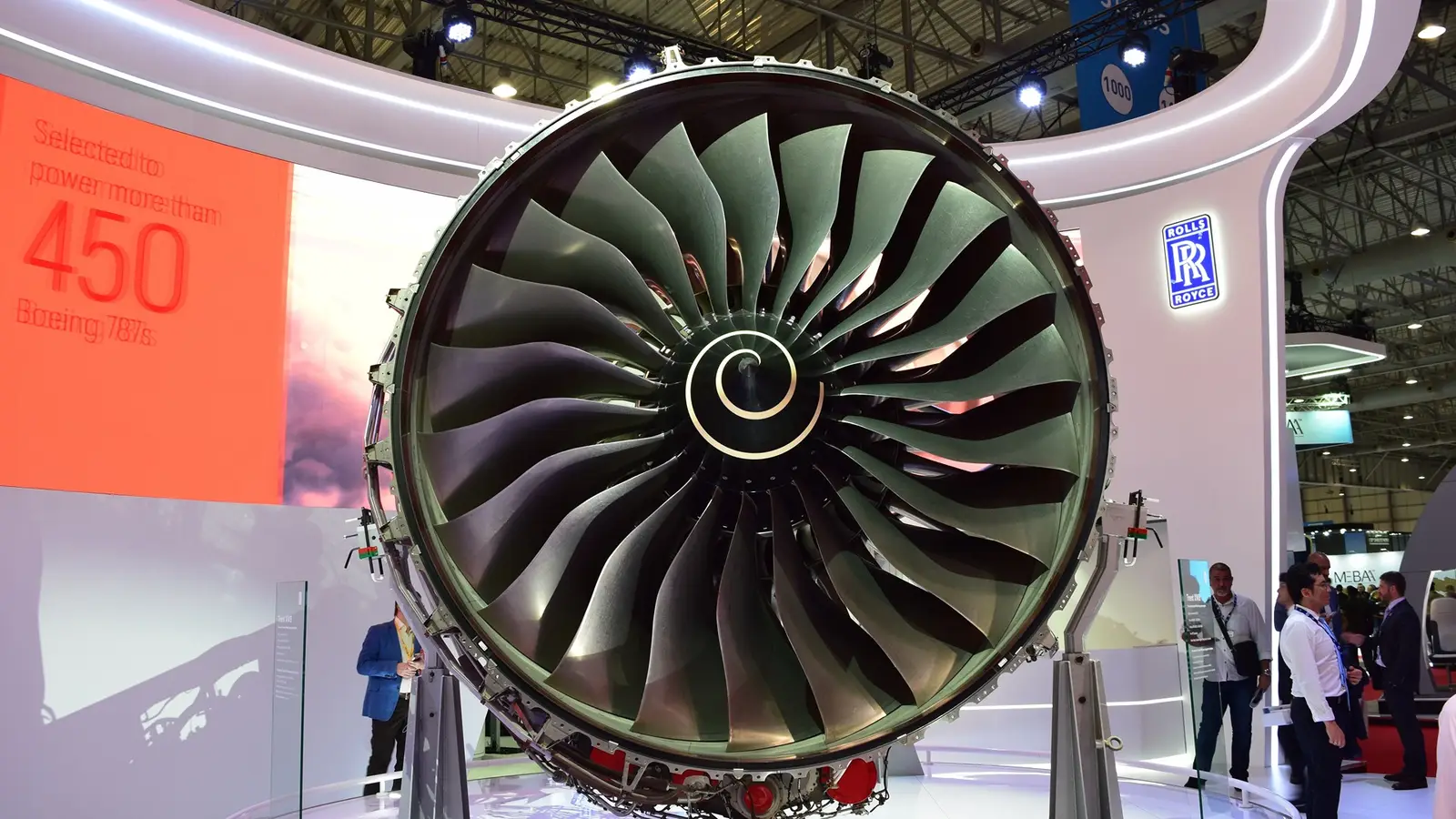
NATIONAL HARBOR, Md. — The U.S. Space Force must rethink how it purchases technology, accepting imperfect solutions that can help troops today rather than waiting for flawless systems, the service’s top officer said Sept. 23.
Chief of Space Operations Gen. Chance Saltzman outlined his vision for acquisition reform at the Air, Space & Cyber conference, emphasizing the need to accelerate capability delivery as U.S. adversaries like China rapidly advance their space warfare programs.
“Acquisitions and sustainment are not just support functions, they’re a war fighting imperative,” Saltzman told the annual gathering of defense officials and industry executives. “Right now, as I see it, we have a once-in-a-generation opportunity to revolutionize how we develop and deliver the space systems our nation needs.”
Racing against adversaries
Saltzman’s comments reflect mounting concern within the Pentagon about keeping pace with rival nations’ space technology development. U.S. officials warn that China and Russia are building capabilities designed to threaten American satellites that support everything from GPS navigation to military communications.
The Space Force, established in 2019 as the military’s youngest branch, is developing what Saltzman called a “Future Operating Environment” document to guide investment decisions based on anticipated adversary developments over the next 15 years.
“Delivering today’s systems is critical,” said Saltzman. “But we are also building the architecture of the future and making sure we are prepared for what our adversaries might do next.” A small team of planners and strategists are working on five-year, 10-year and 15-year outlooks that will shape technology requirements and spending.
The planning document, which Saltzman is looking to publish in both classified and unclassified versions, will examine Space Force missions, evolving threats and technological developments that could advantage either the U.S. or its adversaries.
“The Future Operating Environment is going to be an important document for us,” he said. “What we need is an authoritative source that people can point to and say: this is what the Space Force is thinking. This is the demand signal to industry.”
Acquisition workforce
Saltzman in his remarks at Air Space & Cyber appears to address criticism from House Armed Services Committee leaders who have questioned the Space Force’s emphasis on operational personnel while paying less attention to its professional acquisition workforce.
Saltzman acknowledged holding discussions with lawmakers on this issue and highlighted the service’s new training program requiring incoming officers to learn space operations, intelligence, cyber operations and acquisition basics.
“Space acquisition is one of the most intricate professions, and it can take years to master,” he said, noting the Space Force needs a robust cadre of acquisition professionals. The service is launching a 10-week qualification training course for new acquisition officers focusing on program management, contracting and testing new hardware and software.
During a meeting with reporters, Saltzman noted that the Space Force’s acquisition workforce has “taken a hit” from voluntary resignation programs and civilian workforce reductions mandated by the Trump administration. The service now has some hiring authorities to fill key acquisition and contracting positions.
Industry collaboration
Another priority involves transforming how the Space Force works with private companies, shifting “from a transactional relationship with industry to a collaborative one,” Saltzman said.
He announced the expansion of the service’s “Front Door” web portal initiative, started by Space Systems Command in 2022 to collect innovative ideas from industry and evaluate them against Space Force needs. The rebranded “Space Force Front Door,” said Saltzman, reflects an emphasis on greater industry collaboration as the service seeks to leverage commercial innovation.
The portal allows the Space Force to assess industry ideas and products against requirements from multiple organizations beyond just Space Systems Command, including all Space Force field commands and allies.
“If it’s a good match, we’ll connect you with the right office to see where your great ideas might enable our missions,” he told the conference.
Speed over perfection
Saltzman criticized traditional Pentagon acquisition practices that often prioritize highly specified, customized solutions over commercially available technologies that can be rapidly deployed and improved over time.
“Now, high-quality space systems are mandatory, but they’re not relevant if we wait for them to be near-perfect before we put them in the hands of warfighters,” he said.
“Effective systems don’t require perfection to be combat credible,” he said. As space systems become increasingly essential for national security and global economic activity, the Space Force must develop and deploy capabilities faster and more reliably.
Saltzman insisted he wants the Space Force to embrace a more practical acquisition approach.
“I’ve been doing this a long time, so I know kind of what the constraints are, but I’m very optimistic that there’s still places we can do better,” he told reporters.
He emphasized the importance of setting appropriate expectations, noting that acceleration potential varies by program. “I think that we recognize government acquisition is a pretty complicated business. We’re using taxpayer dollars that have a lot of oversight. We have to pay attention to that. But there’s always opportunities to do better.”



